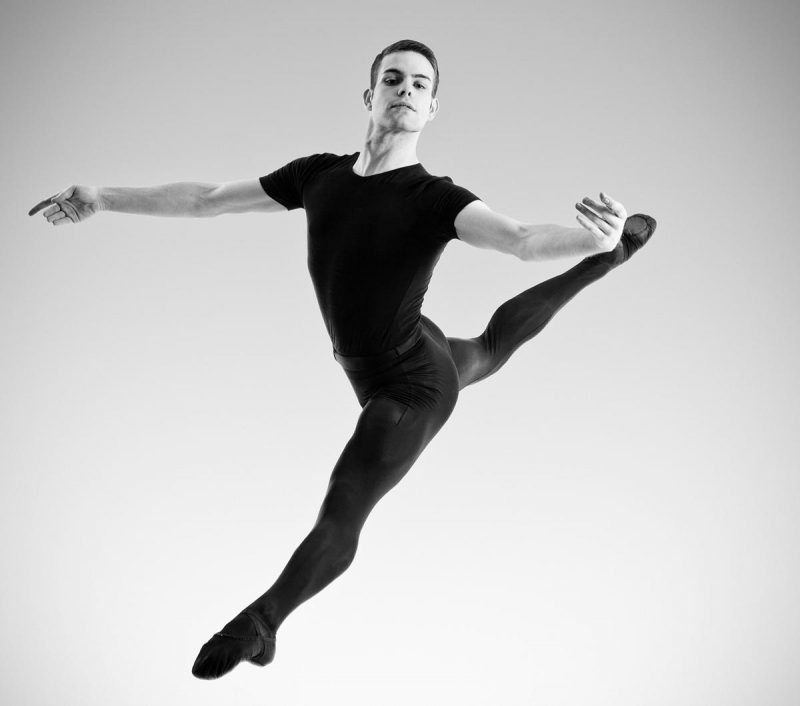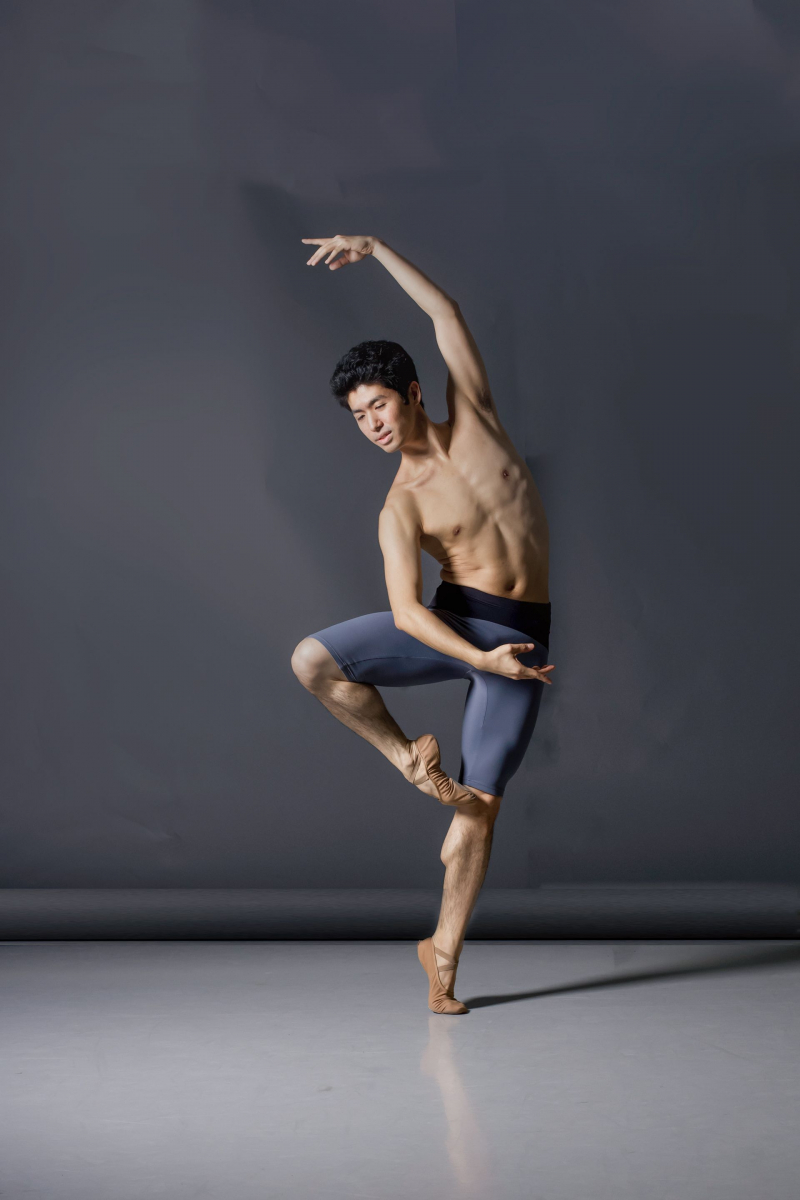A Ballerino is a Male Ballet Dancer
A male ballet dancer is known as a danseur in French, and a female dancer is known as a danseuse. Boys or men who perform classical ballet are typically referred to as (male) ballet dancers in the English-speaking world. In English-speaking nations, "ballerino" is frequently used as slang. Actually, the term "ballerino" is rarely used in the United States because it implies superiority, like a principal dancer or a dancing master. He is most likely referred to as a "danseur" if we call him anything other than "the guy who hoists the prima ballerina around the stage." French, that.
You probably see a little girl in a tutu dancing on her toes if you were to picture a ballet dancer in your brain. The stereotype of a classical ballerina has largely remained unchanged. Even paintings from the 1600s show dancers wearing attire that wouldn't seem too out of place now. The fact that ladies at the time preferred to wear substantially longer dresses was one significant distinction. And that raises a difference. The name "ballerina," as we would use it today, only applies to female dancers; it has no gender connotations at all.
When referring to a male dancer, the word "ballet dancer" is commonly used and is totally acceptable. But strictly speaking, a female dancer is referred to as a ballerina, while a male dancer is referred to as a ballerino in accordance with how the Italian language denotes gender differences.












